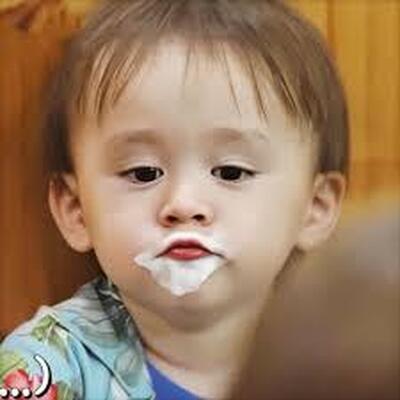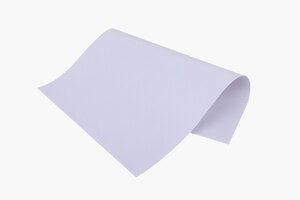-
 Encontrar enMiembros
Encontrar enMiembros Encontrar enVideos
Encontrar enVideos Encontrar enCanales
Encontrar enCanales
This website uses cookies to ensure you get the best experience on our website.
To learn more about our privacy policy haga clic aquíPreferencia de privacidad
- Etiquetas - #wholesale tarpaulin
-
- Última actualización 27 de diciembre de 2020 0 comentarios, 265 vistas, 0 likes
- Chinatown, 曼哈顿纽约美国 - Obtener las direcciones
More from TTaiWei HAINING
More in Politics
Related Blogs
Wholesale Tarpaulin Has No Wicking Effect
Cuerpo
Flexible light box cloth is a common wholesale tarpaulin. The feature of no wicking effect determines whether moisture will be transmitted through the basic yarn. For example, if exposed to water, if moisture can be transmitted through the yarns of the fabric, the freezing and melting of moisture will cause deterioration of fiber strength. In addition, wicking also provides an environment for the growth of microorganisms, which further deteriorates the fiber and bond strength.
For flexible light box fabrics, the requirement of no wicking phenomenon is very strict. Most light box fabrics are used in the atmosphere, withstand the sun and rain, and also withstand frost and snow in cold areas. If the edge of the light box cloth shows wicking properties, the moisture of water will enter the light box cloth through the micropores between the fibers in the yarn and between the yarn and the PVC film and affect the bonding fastness, and freezing and melting will also The fiber strength is considerably deteriorated. At the same time, a humid environment may provide a breeding ground for microorganisms and fungi. This will further affect the yarn strength, thereby destroying the entire light box.
The wicking phenomenon is mainly due to the existence of micropores on the edge of the light box cloth, which is mainly located between the fibers in the yarn and between the PVC film and the yarn. Pretreatment of the fabric to fill the micropores between the fibers, and the use of an appropriate binder to improve the bonding fastness of the PVC film and the polyester fabric will help solve the wicking phenomenon. In addition, when making the light box, try to make the edge of the uv protection tarpaulin of the light box fold inward to minimize contact with the atmosphere, which can also reduce wicking.
Fotos
Mapa
-
Ubicaciones en MyWorldGo
Información sobre la ubicación
- Ubicación: Chinatown, 曼哈顿纽约美国 - Obtener las direcciones
- Dirección formateada: 美国纽约曼哈顿华埠
- Dirección: 曼哈顿华埠,纽约
- Ciudad: 纽约
- Estado: 纽约
- País: 美国









Comentarios